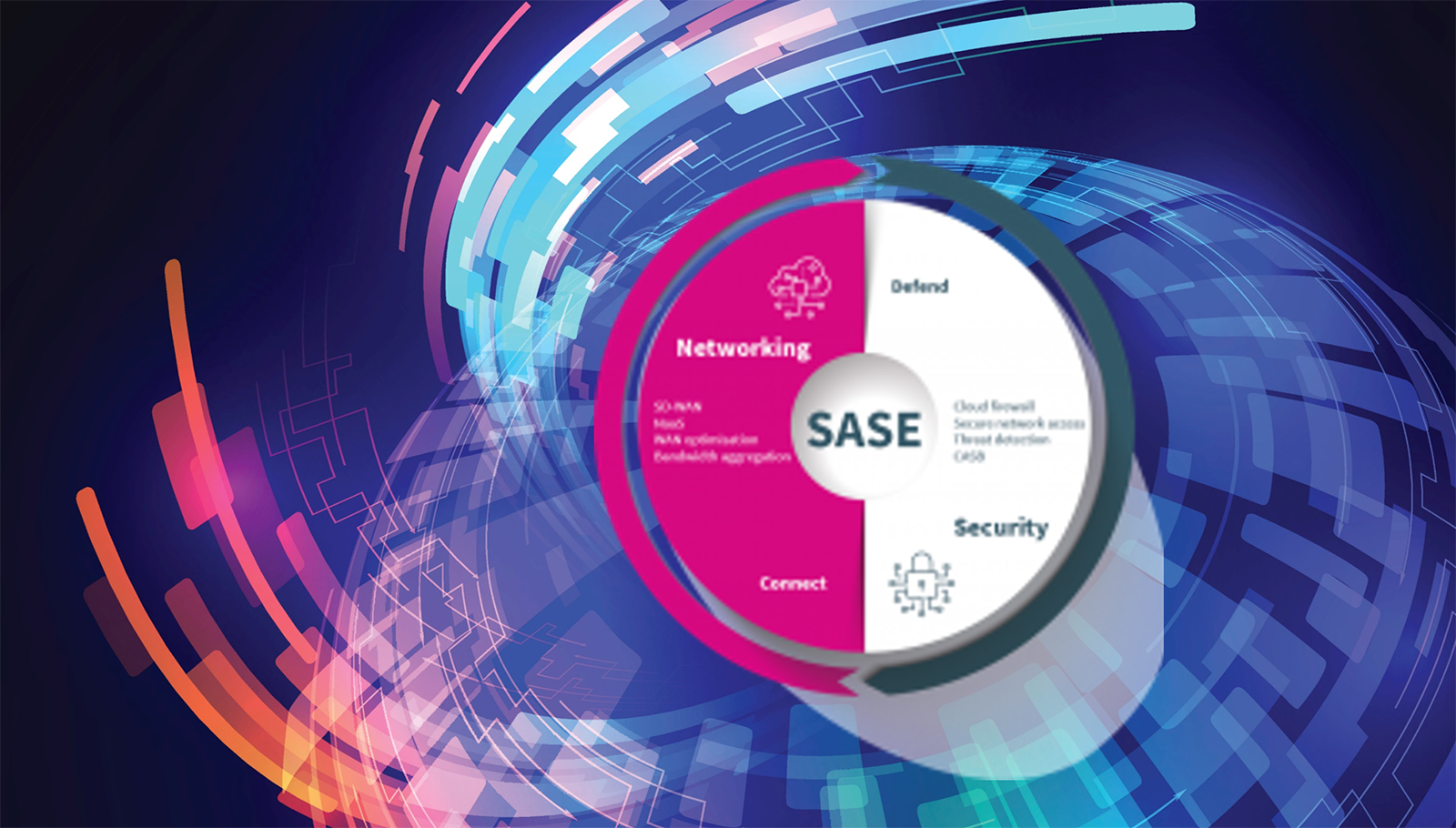How Remote Web/Mobile Browser Isolation Technologies Enhance the SASE Model and Future of Enterprise Security

The Secure Access Service Edge, or SASE (pronounced “sassy”), is an emerging cybersecurity concept that Gartner originally described in the August 2019 report, “The Future of Network Security.” Since then, the concept has matured and has come to embrace a simpler, more streamlined way to ensure security up and down the enterprise security stack.
SASE is the convergence of WAN (wide area networking) and Network Security Services into a single, cloud-delivered service model.
Instead of managing network and security separately, SASE simplifies and unifies these efforts while solving the scaling, security, flexibility, performance and cost containment challenges networks and enterprises will face while attempting manage the explosion of data, computing, people, groups (branch offices), applications, services, IoT systems and edge computing entities accessing their digital assets from any device on any network, public and private.
Standard networking and security solutions struggle to fully support today’s mobile-first and cloud-centric digital enterprises, which became increasingly mission critical as so many millions were forced to work remotely in 2020 due to the global pandemic. Traditional network architectures have been static and inflexible, with security often siloed across multiple domains. Traditional solutions do not scale and slow down the business instead of enabling innovation and agility, and now that the cloud itself has advanced, the more “as a service” elements of a cybersecurity architecture, the better.
Unified networking and security under a cloud-native framework enables simplicity, agility, and lower costs, and creates a framework for web/mobile browser isolation technologies like those DefensX has pioneered.
Because a SASE platform delivered over a distributed cloud framework provides security features for all endpoints, users, and edges, there is more granularity – and more visibility into every endpoint, including smartphones (which have been targeted heavily by adversaries over the last twelve months including a dramatic rise of phishing campaigns).
A solid SASE solution with web/mobile browser isolation functionalities enables enterprises to manage network and security policies through a single console, making it easier and more efficient for IT teams and managed service providers to orchestrate, manage, and troubleshoot – and simply becomes one of the ways enterprise cybersecurity teams monitor and manage stronger security policies to protect against phishing and other attacks, including pivot attacks that occur when attackers are able to tunnel into enterprise resources and data after on simple mistaken click on a nefarious link.
SASE supports innovation and ecosystem solutions when enterprises can effortlessly connect and manage physical locations, cloud resources, digital assets, and mobile devices via a SASE framework. Like DefensX, SASE embraces a Zero Trust approach: complete session protection while removing trust assumptions in cloud deployments which are more common – and more diverse.
SASE cloud architectures make any application, resource or other digital services is available to users easily, globally while also protecting the organization. Cloud-based network security stacks suddenly become exponentially easier to manage, update and maintain. SASE also enables enterprises to easily deploy, integrate, and manage new endpoints, apps, and services in an efficient and secure framework, making it a perfect architecture for solutions from DefensX.
To learn more about the natural synergies between SASE and web/mobile browser isolation and more, delivered as a service, feel free to contact us at [email protected]